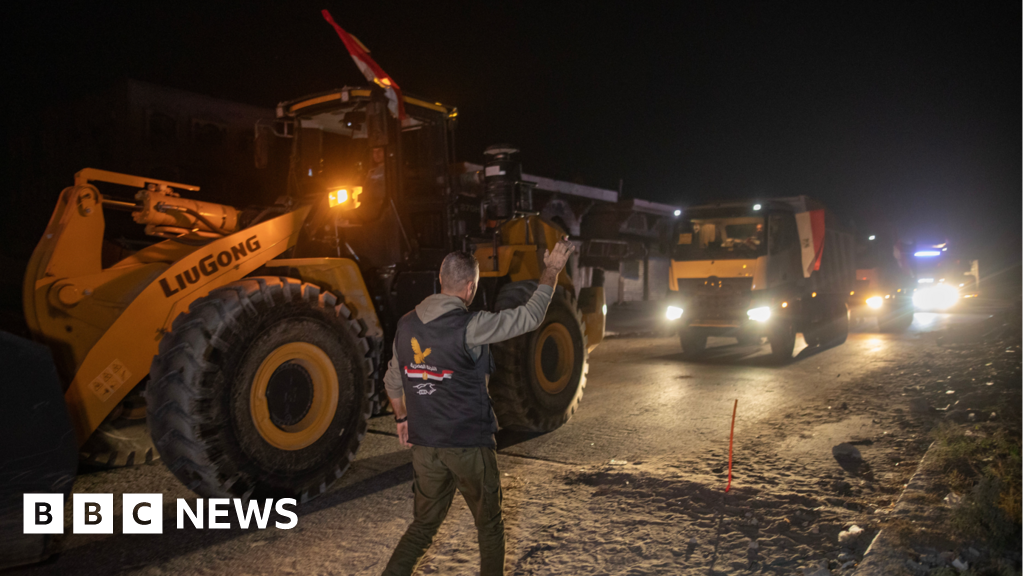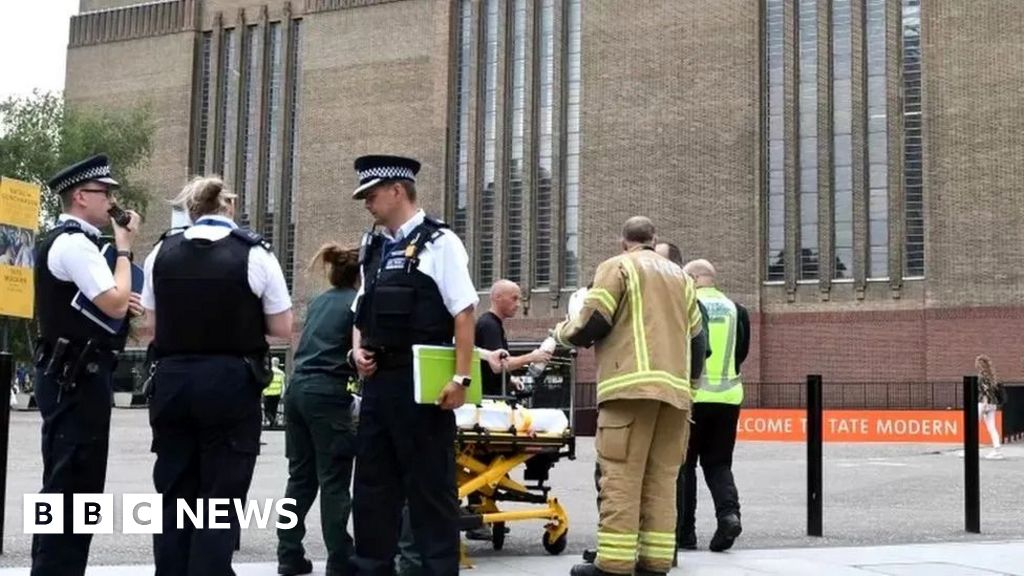Development in Perth’s north-east corridor is having a catastrophic impact on the Swan Valley, according to locals, who blame urban sprawl and piecemeal housing plans for chronic flooding of their homes and businesses.
The issue was forewarned by the Environmental Protection Authority three decades ago, before thousands of new homes were built at a rapid rate in Dayton, Henley Brook, Brabham, Aveley and Caversham over the last 10 years.

Laura Bavin’s equestrian property in Henley Brook doubles as a business, but she is constantly faced with flooded paddocks.Credit: Rebecca Peppiatt
Now locals claim a “rising tsunami of storm and groundwater” is significantly flooding properties sandwiched between the new developments to the west and the Swan River to the east.
“When large landholdings are bought for housing, they are often broken up into smaller holdings, each owned and managed by a different developer,” Jan Zeck from the Swan Valley Environmental Alliance said.
“This piecemeal approach to design and drainage management sees dislocated drainage plans happening haphazardly.”
Zeck is spearheading a campaign to address the issue after locals were repeatedly told the flooding was as a result of high winter rainfall.
“The failures of this government-led project are a stark real-world example of the broken nature of piecemeal planning across Perth.”
Upper house Greens MP Brad PettittBut areas of naturally high groundwater near the riverine floodplain, where the new developments are located, have been rising higher and higher over the last two years, she said.
Around 20 properties have been affected by chronic flooding over the last two years, including those from Benara Road, Caversham, through to Dayton, West Swan, and north towards Gnangara Road, in Henley Brook.
Dean Bailey has a property on Robert Street and says he has experienced “unprecedented flooding” rendering 75 per cent of it unusable for his family’s horse-riding business.

Flooding on Robert Street, Henley Brook.
“We have eight paddocks, and seven of them are under water,” he said.
“So our property only has 25 per cent useable land at the moment, and it has been like that now for three months.
“We still have water pouring in the back of our property from the Water Corporation overflow pits, and we still have 40 centimetres of water in some of our paddocks.
“As a group, the locals have contacted the City of Swan and it has fallen on deaf ears.
“It has been hard to obtain drainage plans for the urban development section of the new suburb Henley Brook, however for what we have been able to obtain – I know local drainage experts who have said they are drastically insufficient.”
Zeck claimed groundwater has risen by at least one meter over the last decade, despite lower-than-average rainfall.
“Changes to local hydrology, like filling waterways and wetlands, has directed more urban water into fewer waterways, impacting rural properties with drains or creeks in their vicinity,” she said.
“Previous productive, arable lands are becoming unproductive quagmires and profitable agribusinesses are suffering significant losses.”

Flooding east of Waldeck Road, caversham.
The issue was predicted in a 1994 EPA study that warned piecemeal planning in the north-east urban corridor “should not proceed until further work has been completed” because there was “insufficient information on which to provide sound environmental advice”.
Fourteen years later, the Swan Urban Growth Corridor plan was created to develop 1100 hectares of land in the Henley Brook/West Swan/Caversham areas to build new homes for more than 30,000 people.
Upper house Greens MP Brad Pettitt said the development was “some of the worst examples of badly designed urban sprawl within the greater Perth metro area”.
“Not only are these projects largely treeless, hot and totally reliant on cars for transport and access to essential services, but poor planning has led to significant flooding,” he said.
Loading
“Dumping of excess stormwater has led to the mass death of mature trees in adjacent bushland and green spaces, and impacted adjacent private properties which has led to the mass death of trees in surrounding bushland and green spaces.
“The failures of this government-led project are a stark real-world example of the broken nature of piecemeal planning across Perth.
“What we are seeing in Brabham, Dayton and other areas are some of the most destructive forms of development in the state, and that is saying something.”
Zeck said she and others had lobbied authorities including MPs and government departments over the last 18 months, with little to no response.
City of Swan Mayor Tanya Richardson said the council was aware of the concerns and investigating the cause “and potential solutions to the issue”.
“Unfortunately, this situation will not go away, even with lower rainfall, because the water table continues to rise,” Zeck said.
“It is starting from a higher baseline each winter. Homes, properties and livelihoods are now being impacted.”
Of the properties that have experienced significant flooding so far, at least one has groundwater at house pad level, and there are properties with up to 30 centimetres of water running through.
In one case, a vineyard cannot be pruned because the vines are inundated with water.
Loading
Some locals claim the situation is not being addressed in a bid to force them to sell their land to hungry property developers.
A Department of Planning, Lands and Heritage spokesperson said the State Planning Framework “sets out a comprehensive, integrated approach to complex land development issues, including groundwater management”.
“Effective and coordinated land-use planning requires the collaborative expertise of various government agencies, local authorities, and technical specialists,” they said.
Flooding isn’t the only issue caused by the encroaching urban development, with residents also fearful the rural amenity of the Swan Valley was starting to change as housing lots push further east.
“The area is unrecognisable,” local Dale Reid said.

Dale Reid stands where rural meets urban on Henley Street at the site of where a horse died after being spooked by construction noise.Credit: Rebecca Peppiatt
“People are being pushed to sell their land after their neighbours do and their paddocks now sit in the middle a building site.”
Reid came to the rescue of one Henley Brook horse owner last month, who claimed her horse died after it was spooked by construction noise and ran into a tree, breaking its neck.
Most Viewed in National
Loading

















































